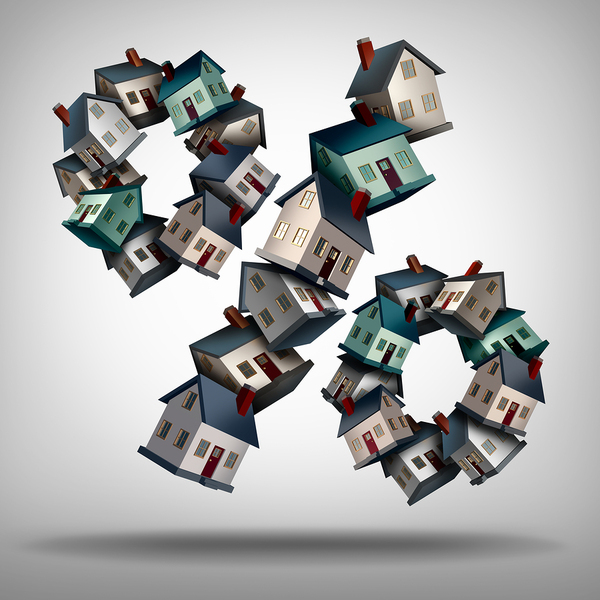View Sale Announcement Detail


Archived news
Excerpt:
Non-banks now write the majority of mortgages in the U.S., but the sustainability of their business model in an economic downturn is not proven—and may be questionable. In addition, traditional banks lend to non-banks, and are thus still exposed to any vulnerability they have.
Post:
In today’s consumer mortgage market, the non-bank increasingly plays a role. Over 50% of all mortgages in 2017 were originated from non-bank lenders, versus just 9% in 2009. Six of the ten biggest U.S. mortgage lenders are non-banks, according to the Washington Post, including Quicken Loans and Loan Depot.
 Non-banks now write more than 50% of mortgages in the U.S.
Non-banks now write more than 50% of mortgages in the U.S.
Non-Banks Are Becoming the Nation’s Mortgage Lenders…
Why? Well, of course, traditional banks ran into significant trouble with mortgages a decade ago, issuing mortgages to subprime borrowers and veering from traditional standards in order to pursue volume. Additionaly banks moved from funding mortgage loans with deposits. Instead, banks were relying on the securitization market to fund mortgage loans, and then selling the corresponding bonds.
The outcome was a financial crash that caused regulators to levy heavy fines, increase capital requirements and tighten standards for traditional banks. These standards, and consumer protections stemming from the crash, have made mortgage issuance more expensive for traditional banks and raised their potential liability.
As a result, many traditional banks have clearly rethought the value of their mortgage businesses. Many have restricted mortgage issuance only to borrowers with very high credit scores. Some, such as Capital One, have simply exited the mortgage business in favor of other lines of business with less perceived risk.
 Taxpayers may be called to bail out non-banks, just as they were banks.
Taxpayers may be called to bail out non-banks, just as they were banks.
…But the Business Model Raises Questions
The problem is, though, that it’s not clear whether the business model of non-banks can withstand severe economic stress. Their rise in the mortgage market has taken place during a time of robust economic expansion. What happens in a downturn?
The question is particularly pertinent because non-banks often lend to lower-income Americans, who may be at most risk of default in a downturn.
Non-banks are thinly capitalized and, like the traditional banks of 2008, do not back their mortgages with deposits. The business model is to sell the mortgages, in the form of mortgage bonds.
Given the lack of capitalization, their ability to withstand a real estate downturn in questionable. Home prices are already softening in many markets, due to higher interest rates, population demographics, and the new tax law, which affected property tax deductions and contained several other provisions that may lower the economic attractiveness of homeownership over renting.
In the final analysis, if non-banks are affected by defaulting consumers, the U.S. taxpayers may be called upon to come to the rescue, as they did during the banking crisis of 2008-2009. And the nonbanks do not have the capital cushion that greatly mitigated the cost of the bailout.
Banks Still Have Exposure
Not only are there structural risks with non-banks, but traditional banks still have exposure to the mortgages non-banks write. Banks still have exposure to the loans in the form of financing nonbanks for warehouse lines and/or other debt.
The risk is concerning regulators. American Banker reports that the chief of the Federal Deposit Insurance Corp. (FDIC) is closely watching traditional banks’ exposure to non-bank-issued mortgages.
Why? Well, lending by traditional banks to non-banks has soared, hitting $376 billion in the second quarter of 2018 versus $56 billion in 2010, a climb of 636%.
A Loan Sale Advisor Can Help
How should traditional banks and FinTechs handle themselves in an environment whose future in a downturn has not been tested—and one in which economic conditions will at some point be worse?
Banks and nonbanks should be looking at their portfolios and selling nonstrategic loans such as modifications, restructures, or nonperformers to keep their balance sheets as clean as possible.
A loan sale advisor like Garnet Capital can help. Sign up for our newsletter today.

